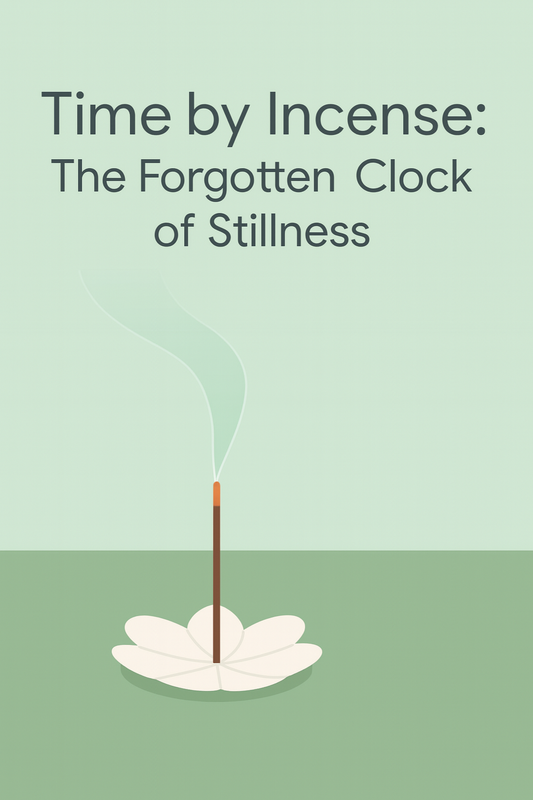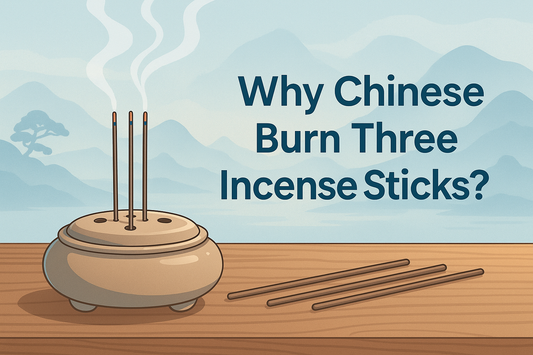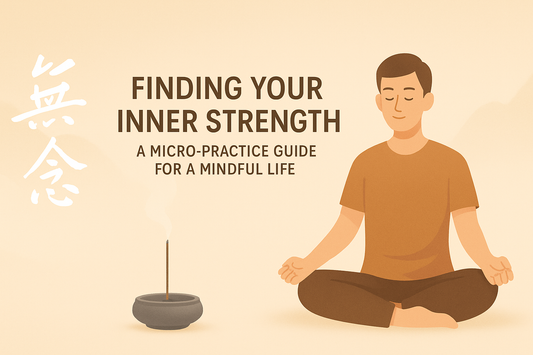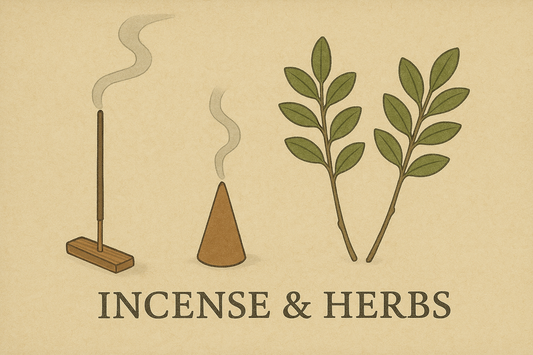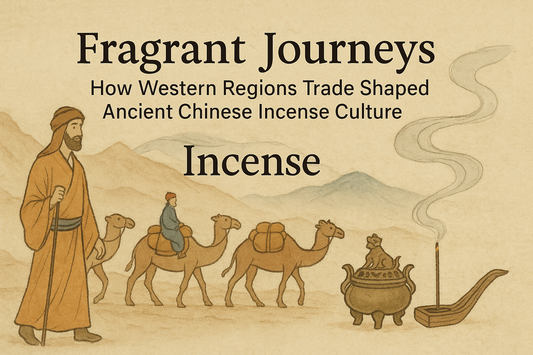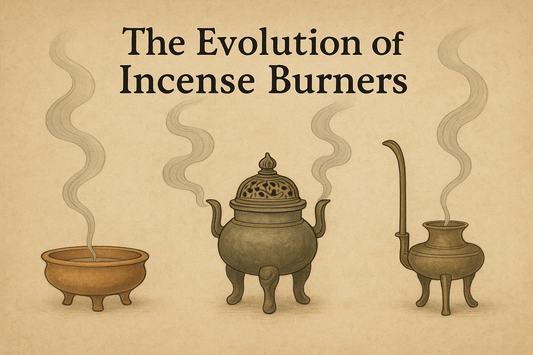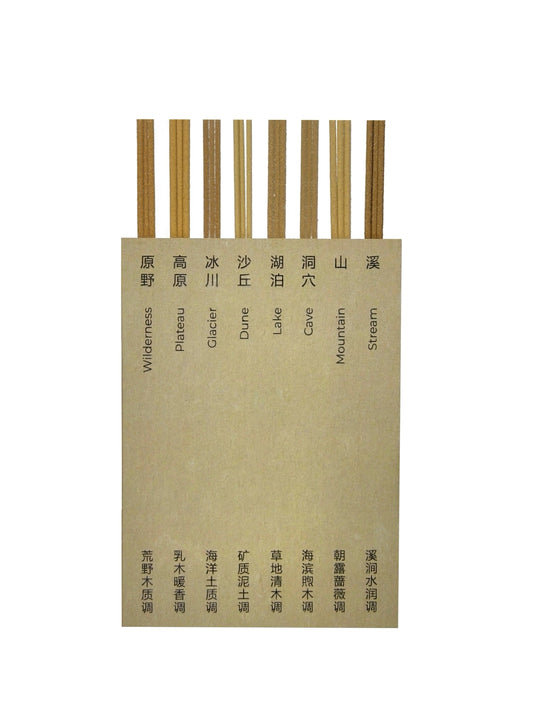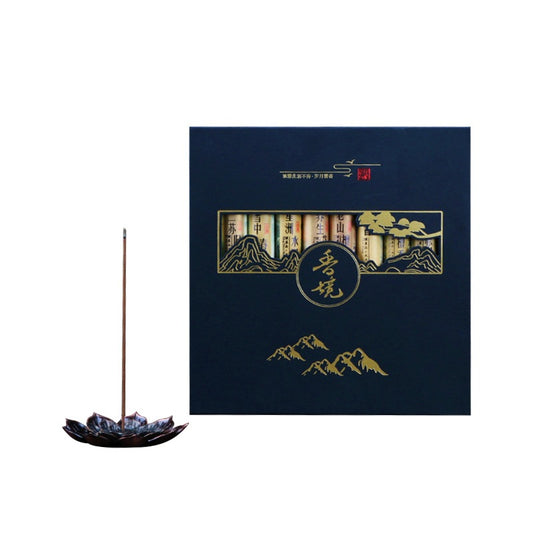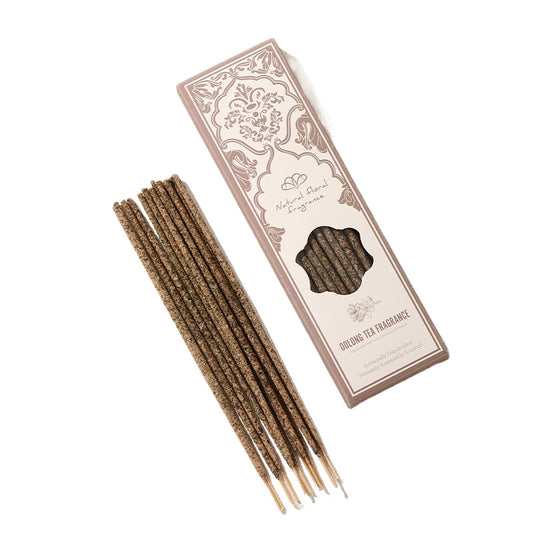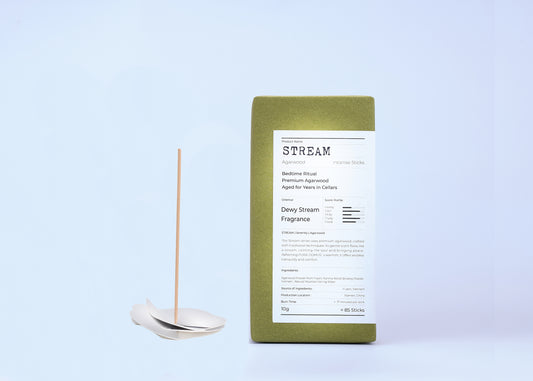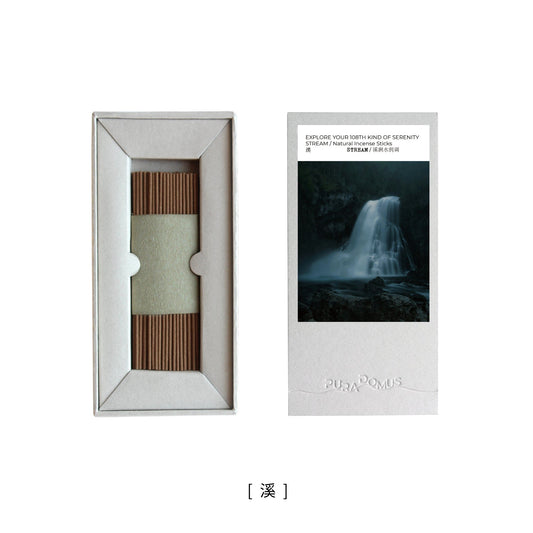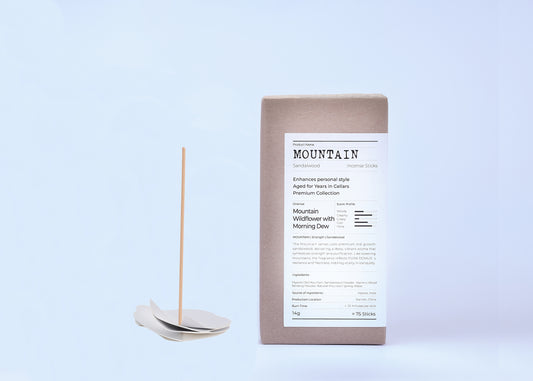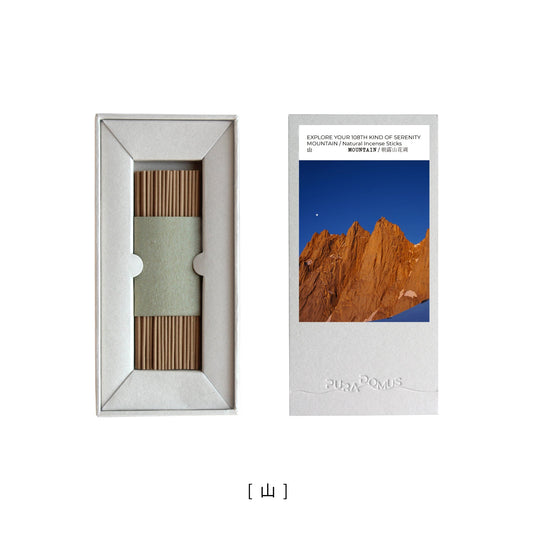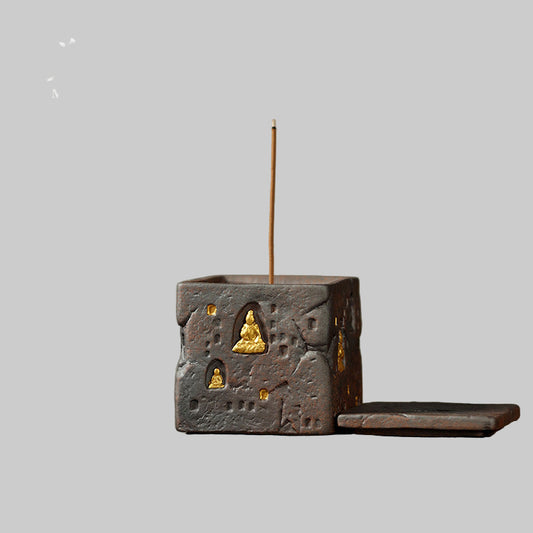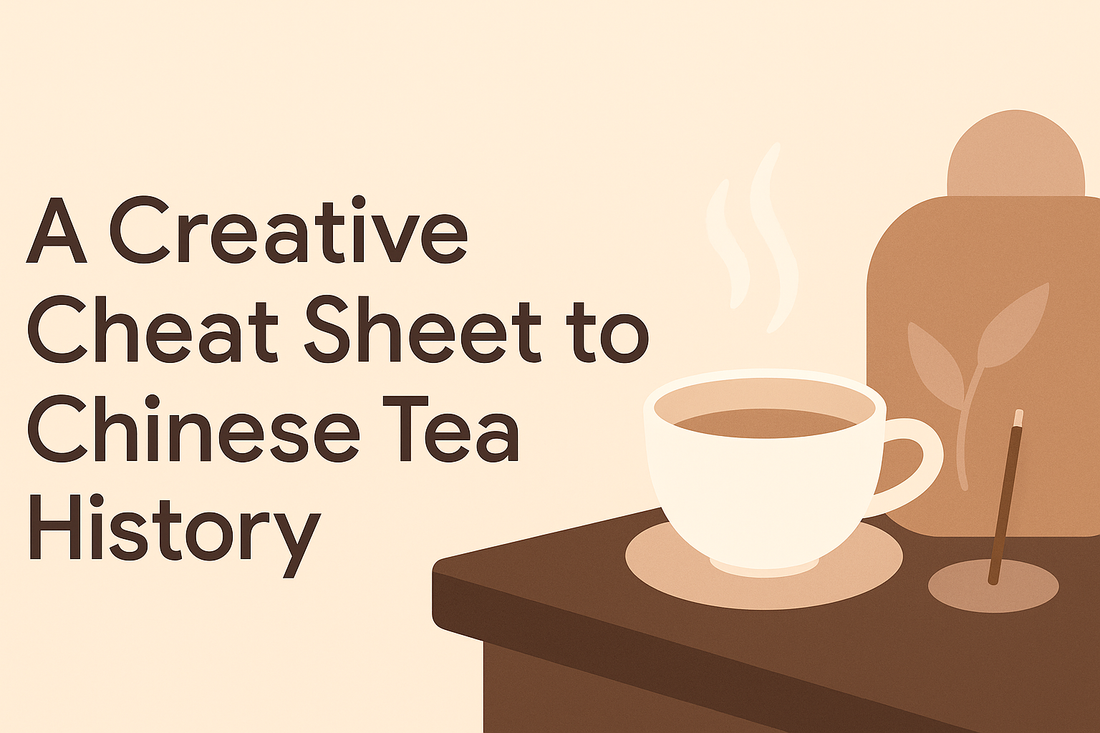
A Creative Cheat Sheet to Chinese Tea History
Calm, then Clarity · MonianLife Tea Guide
A Creative Cheat Sheet to Chinese Tea History
What this is: a creative, Austin-Kleon-style memo on Chinese tea history—short paragraphs, checklists, and “try-it-now” drills. No mountains, just facts that help your daily brew.
Core idea: each era = how people used tea (habit), what tools they used (kit), and what changed (turning point). HK English for tricky terms—think “cha”, “wind stove ”, “loose-leaf”, “yixing teapot”.
On this page
- Shennong — medicinal start
- Western/Eastern Zhou — tea in the kitchen
- Qin — savoury soup with salt
- Han — tea-cakes & transport
- Tang (focus) —煎茶, Lu Yu, and taxation
- Song — whisking (點茶) & tea contests
- Yuan — loose trends & multi-scene use
- Ming — loose-leaf reform; pot + cup era
- Qing — six families set; export routes
- Modern to today — science × craft
- Speed sheet & 3-cup drill
Shennong — medicinal start
- Habit: chew fresh leaves for relief; tea as remedy before leisure. (Think HK “cha” as function first.)
- Kit: none; your mouth is the extractor.
- Turning point: tea = function, not flavour; body talk, not tableware.
Try now (30s): smell dry leaves; jot first words—“clean”, “woody”, “herbal”. You’re building a personal dictionary of effects.
Western/Eastern Zhou — tea in the kitchen
- Habit: tea as veg/seasoning in soups and stews—adds a clean edge.
- Kit: cauldron, ladle, hearth. Cooking logic > tasting logic.
- Turning point: tea moves from apothecary to kitchen; “clean mouthfeel” gets remembered.
Try: sip plain warm water, then smell tea again—catch that “green note”.
Qin — savoury soup with salt
- Habit: decocted soup with a pinch of salt to tame bitterness; quick pick-me-up.
- Kit: pot + fire; straight to the point.
- Turning point: tea is clearly drunk, but still not a clear infusion.
Think HK: salt is your “noise-reducer”—like a small fan in a cha chaan teng corner.
Han — tea-cakes & transport
- Habit: steam-press into tea-cakes; shave, cook, drink on the road.
- Kit: steam → press → pack; standard forms mean trade.
- Turning point: tea becomes a traveller; reach expands, markets form.
Try: read your tea’s packaging—shape tells a logistics story (storage, transport, shelf-life).
Tang (focus) — 煎茶, Lu Yu’s Classic of Tea, and taxation
- Habit: 煎茶: light-char tea-cake → grind fine → boil in a tea cauldron (茶鍑) over a wind stove (風爐) → add a pinch of salt from a salt casket (鹽簋) → serve as white soup.
- Kit: cross-frame stand (交床), wind stove, tea cauldron, salt casket—proper setup, very chill vibes.
-
Turning points:
- Lu Yu (陸羽) writes Chajing—from “everything in one pot” to “let the leaf speak” (keep only salt).
- Taxation: tea becomes a state-managed good (like salt, iron). Big deal.
- Tea–horse trade: borderlands and heartland knit together over cha.

Try (2 mins): tiny pot, a compressed tea piece, barely simmer; add just a pinch of salt. Taste the “quiet” of Tang-style white soup.
Song — whisking & tea contests
- Habit: mill to “absolute fine”, pour hot water, whisk (with tea whisk/茶筅) to raise a stable white foam; contest = colour (pure white) + cling (咬盞).
- Kit: Jian ware black bowls (黑釉建盞), stone mill, whisk, pouring kettle.
- Turning point: from fire-and-pot to water-and-handfeel; from “drinkable” to “looks stunning”.
Try (1 min): any fine tea powder + whisk (even a tiny milk frother). Use a dark bowl; check if foam grips the rim for ~30s.
Yuan — loose trends & multi-scene use
- Habit: loose tea spreads; some still cook, many start straight steeping; regional styles mix with milk/salt where relevant.
- Kit: more mobile kettles/pots; practical over performative.
- Turning point: multi-ethnic adoption; tea’s daily radius grows.
Try: log your usual brew location (desk, pantry, balcony). That’s a Yuan-style “fit the scene” move.
Ming — loose-leaf reform, pot + cup era
- Habit: Hongwu emperor ends cake-tribute: loose-leaf becomes mainstream; steeping replaces steaming/whisking.
- Kit: yixing teapot + small porcelain cup; now water temp, dose, and pour-timing run the show.
- Turning point: leaf speaks—simplicity + repeatability at home.


Try (3 steeps): 100–150 ml pot; 90–95 °C; 10–20 s pours × 3. Track aroma/body/finish per steep—your flavour map.
Qing — six families set, export routes open
- Habit: craft and classification stabilise: green, white, yellow, oolong (青茶), red (紅茶; called “black tea” overseas), dark/black (黑茶), plus scented teas.
- Kit: refined withering/oxidation/roasting curves; logistics upgrade (caravan + seaborne).
- Turning point: the Chinese tea map becomes global memory.
Try: same water temperature, brew oolong vs. red tea back-to-back; notice structure vs. sweetness differences—classification you can taste.
Modern to today — science × craft
- Habit: labs track aroma compounds, water activity, roast curves; artisans still judge by hand and nose.
- Kit: thermometers, logs, humidity control—alongside clay pots and thin-lip cups.
- Turning point: Standardisation = stability; craft = character. Two legs, one journey.
Try: make a tiny brew log (dose / temp / time / notes). Next session, tweak one thing only—hello, micro-lab.
Speed sheet (one-glance)
- Shennong: medicine → body first
- Zhou: kitchen → tea as “clean-taste module”
- Qin: soup → salt + boil; drink emerges
- Han: cake → shape serves transport/trade
- Tang: boil (煎) → Chajing, taxation, tea–horse trade
- Song: whisk (點) → foam, contests, black bowls
- Yuan: loose → multi-ethnic, multi-scene
- Ming: steep (泡) → loose-leaf, pot + cup
- Qing: classify → six families; export
- Today: science × craft → stable + personal
3-cup drill (do at home)
- Tang-style “boil” — tiny simmer + pinch of salt; find the quiet.
- Song-style “whisk” — fine powder + whisk; watch the cling.
- Ming-onward “steep” — small pot, short pours; listen to the leaf.
Tags:

